
As a digital native (meaning I live and breathe online), I have not been very conscious of all my data that is uploaded to various websites and all the cloud-based applications out there. There have been a lot of horror stories about people whose identity have been hacked or compromised because of their data on the cloud but so far, I have been lucky enough to not experience any of this. But if you’re the type of person that is very careful about these kinds of things, this new product may be something worth having.
Designers: Wenkai Li and Yu Dan





ZimaBlade is a x86 personal server that will let you have control over most things even while you’re connected to the world wide web. It will basically remove your files from the cloud and let you have control over things like file sharing, media playback, key management, and even encrypted P2P transmission. It also has a lot of expansion ports and slots including for storage, high-speed networking, PCIe slots, a USB port, and other ports that you may need as you use this server.




The design of the server is more old-school Sony Walkman than actual server or it may also look like a small robot that will transform anytime. It is around the same size as the Raspberry Pi devices but it does not have the usual GPIO pins found in devices like this. It seems to not be that heavy so it can be portable and is made with low-power and modularity in mind. It has an aluminum alloy heatsink so it will not overheat in case you’re a heavy user.




It is pre-installed with the open source CasaOS operating system that has more than 50 Docker apps. The early reviews seem to be positive for those who are in need of portable, personal servers. I don’t have any need for it right now because I am still basically unconcerned with clouds but if one day I do realize that everything I send to the Internet is a risk, then this is something that can be useful for someone like me.




The post This Walkman-inspired gadget is a personal server to keep your online life safe first appeared on Yanko Design.
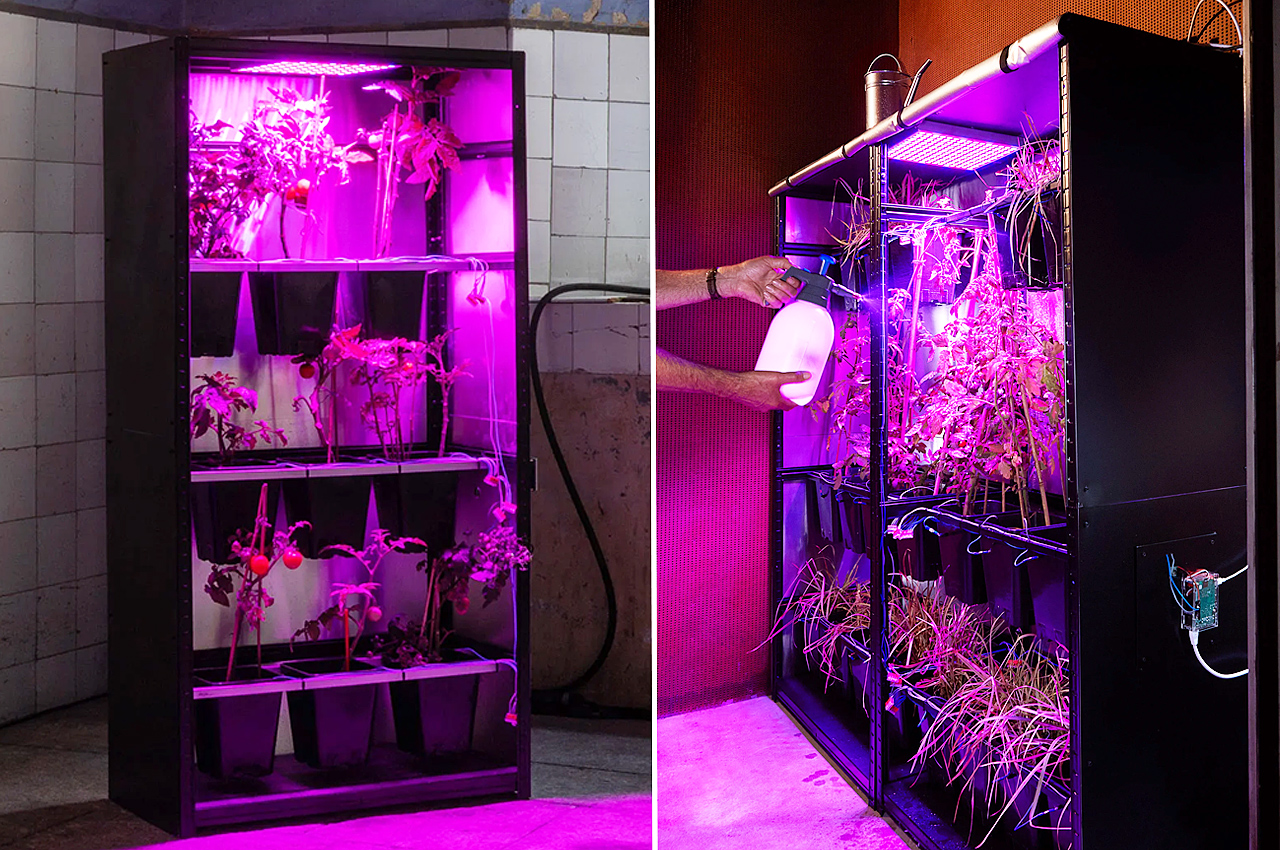
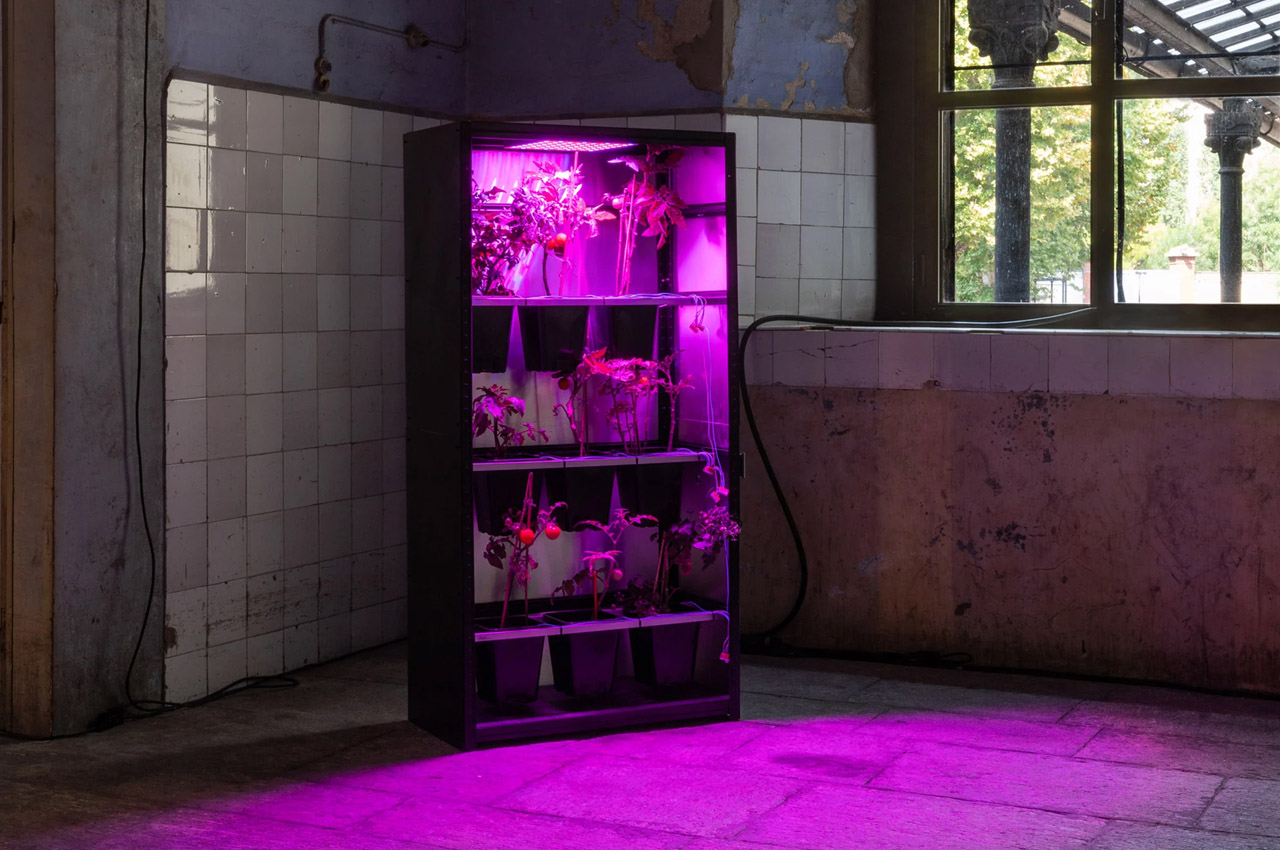
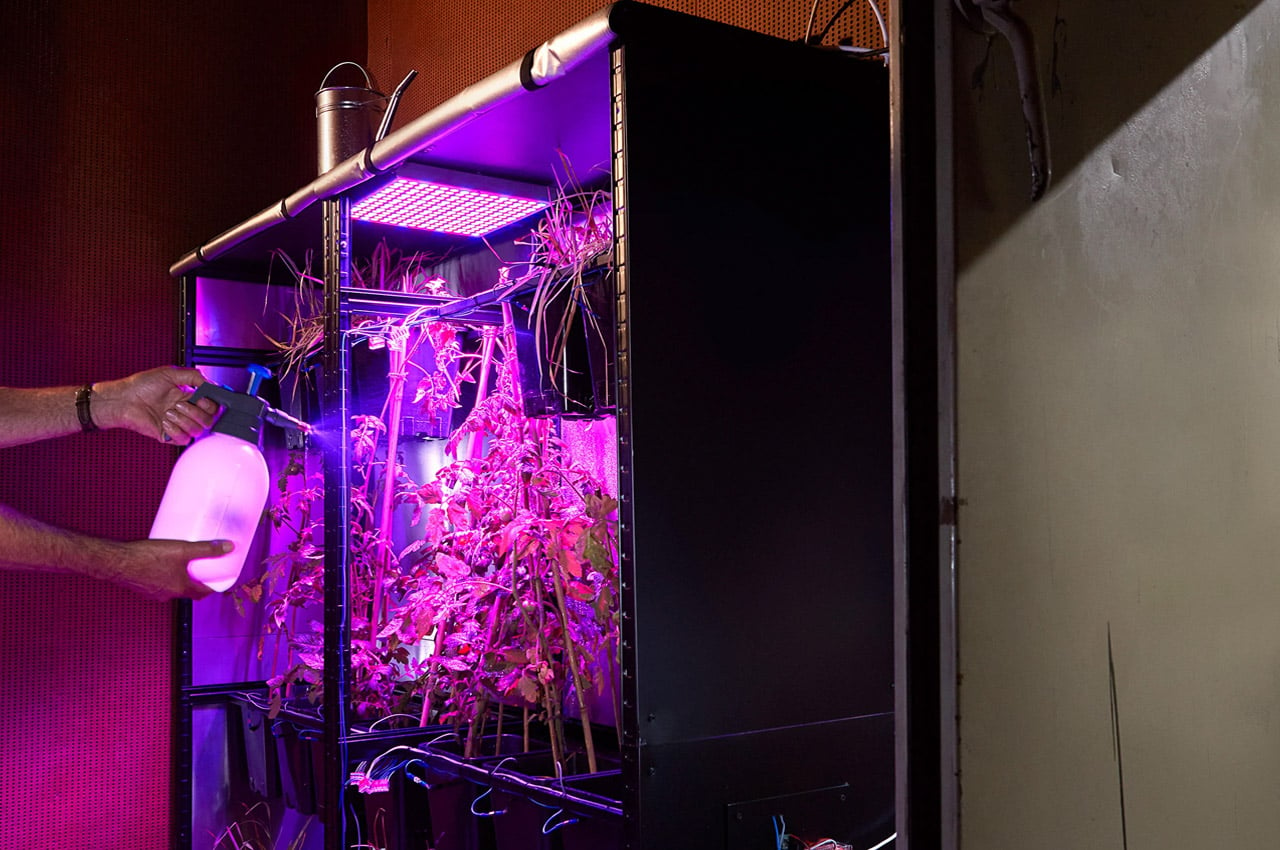
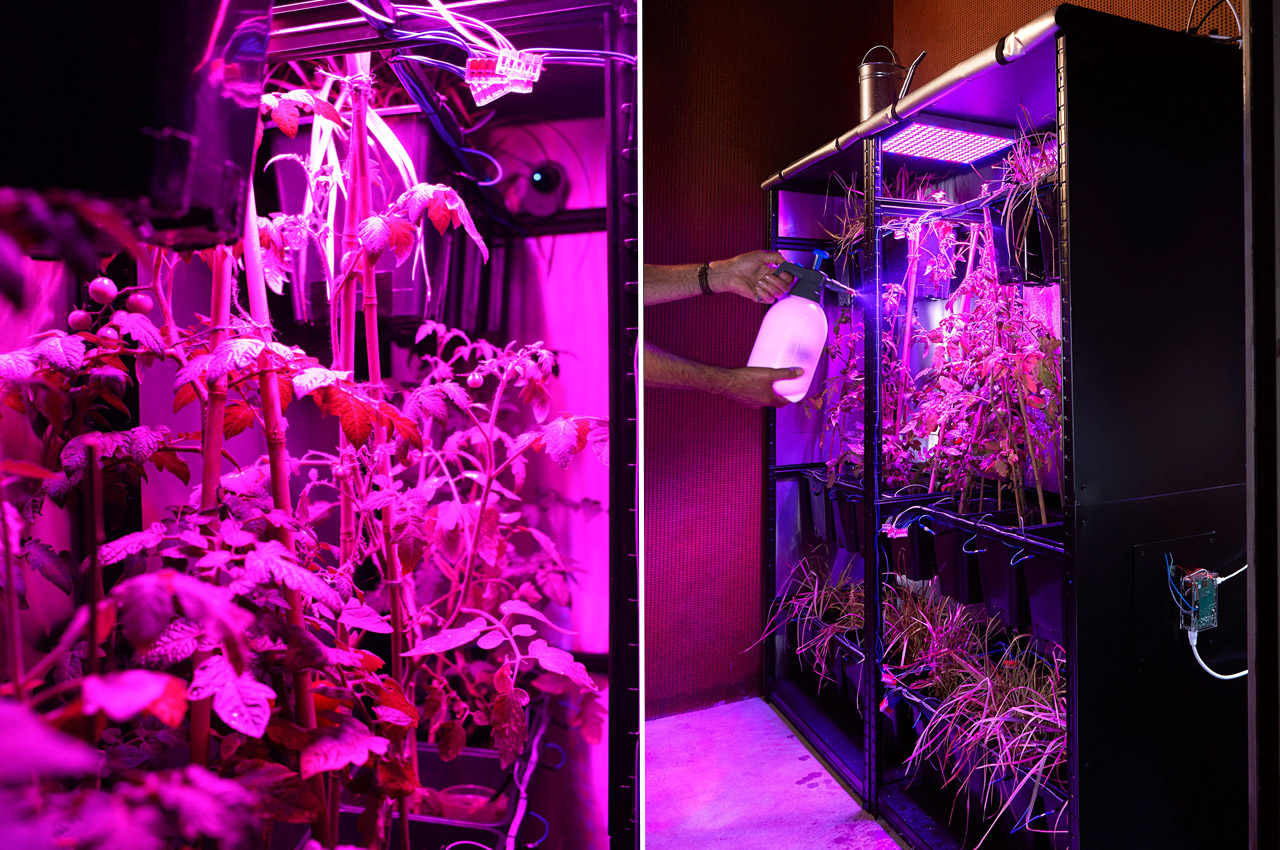
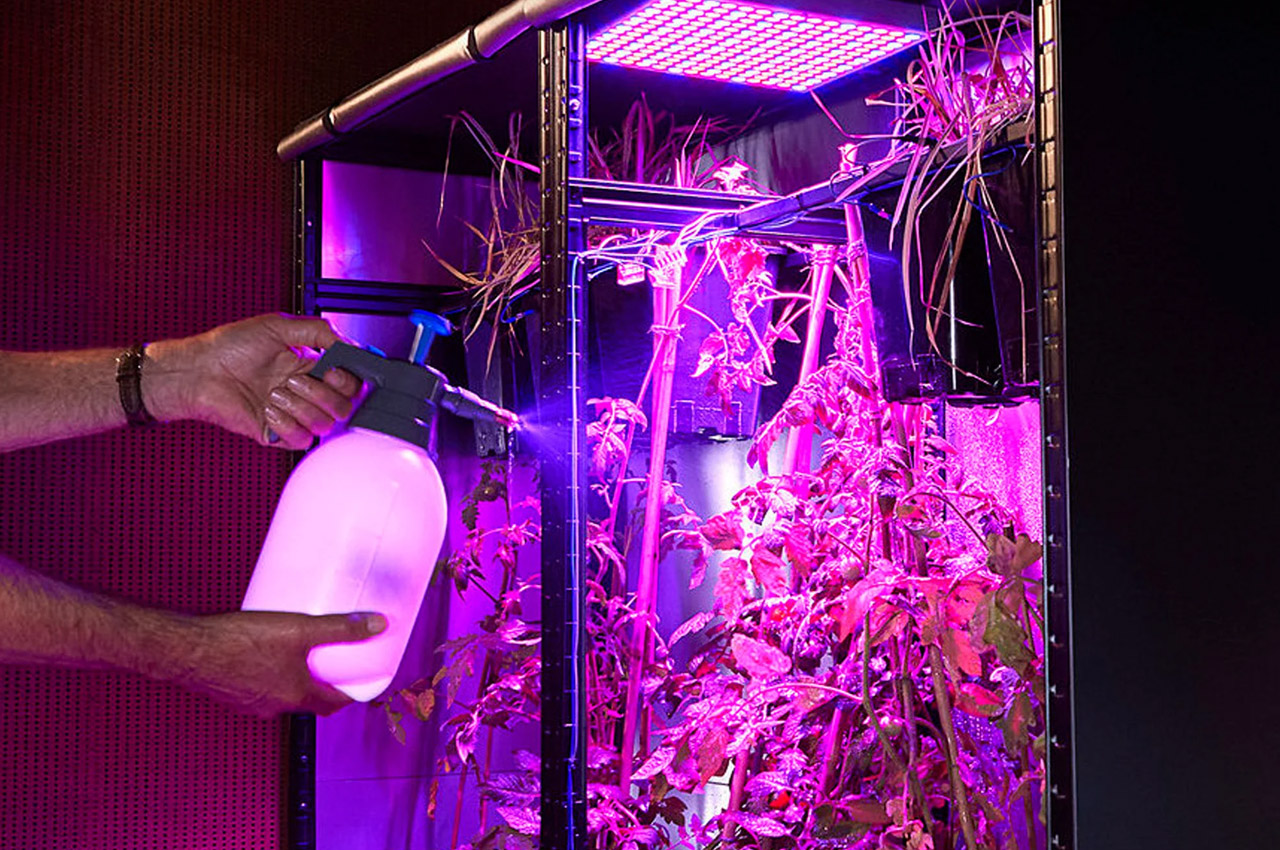

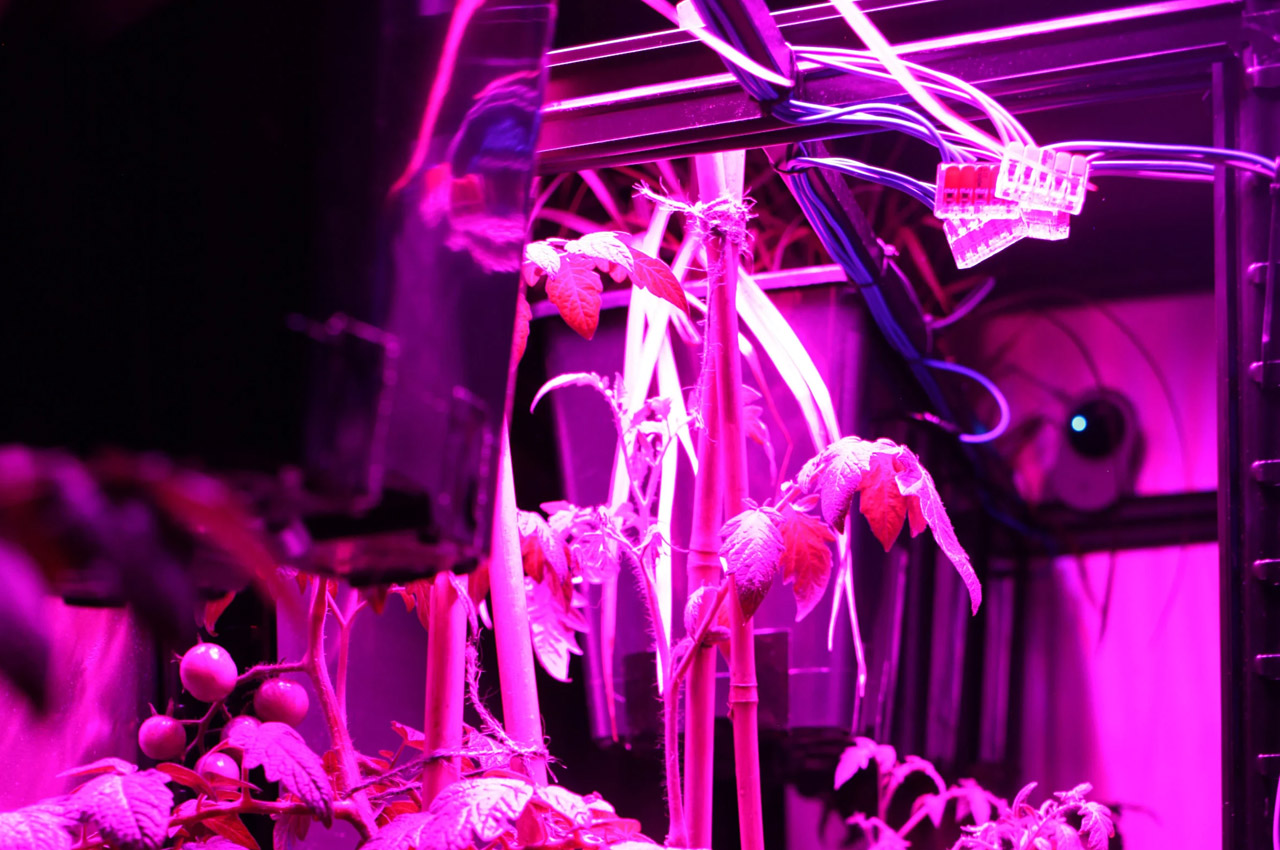
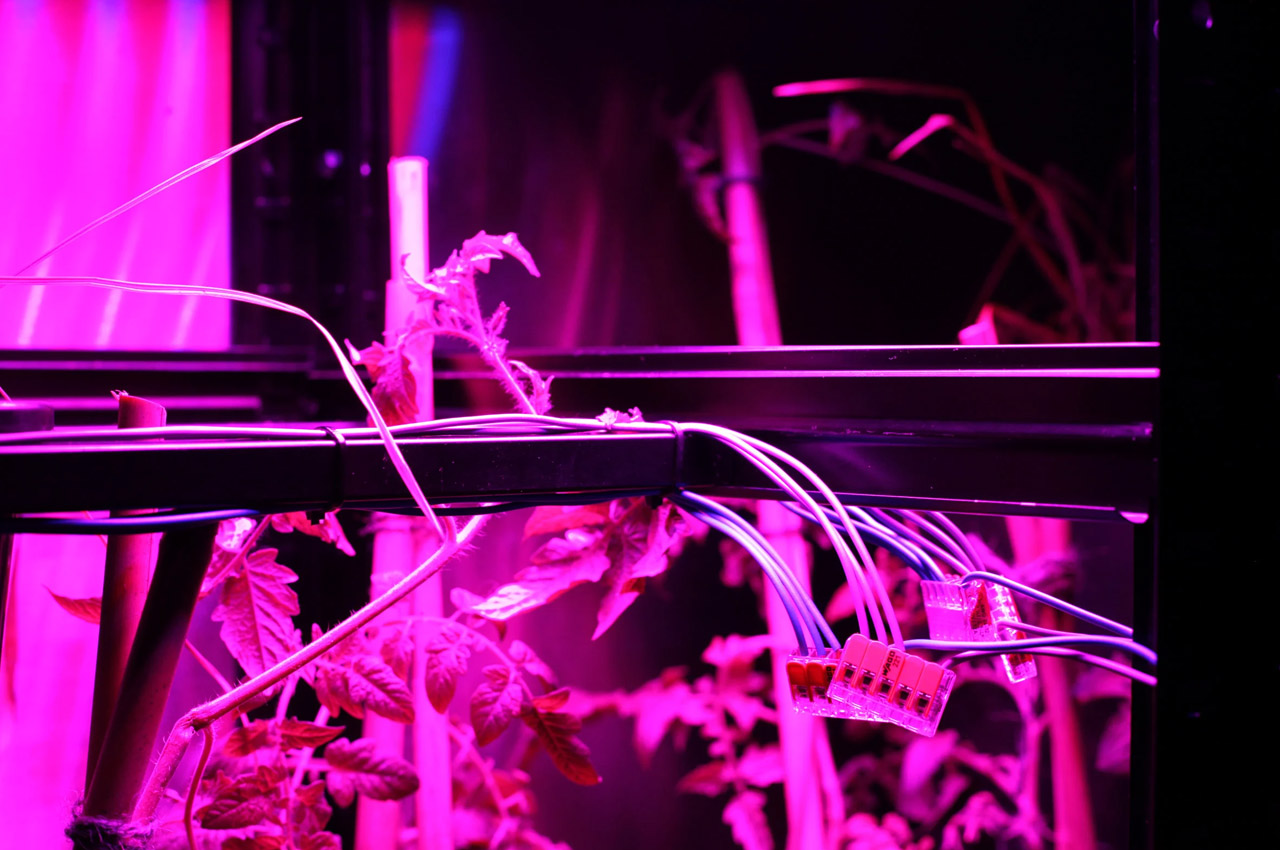
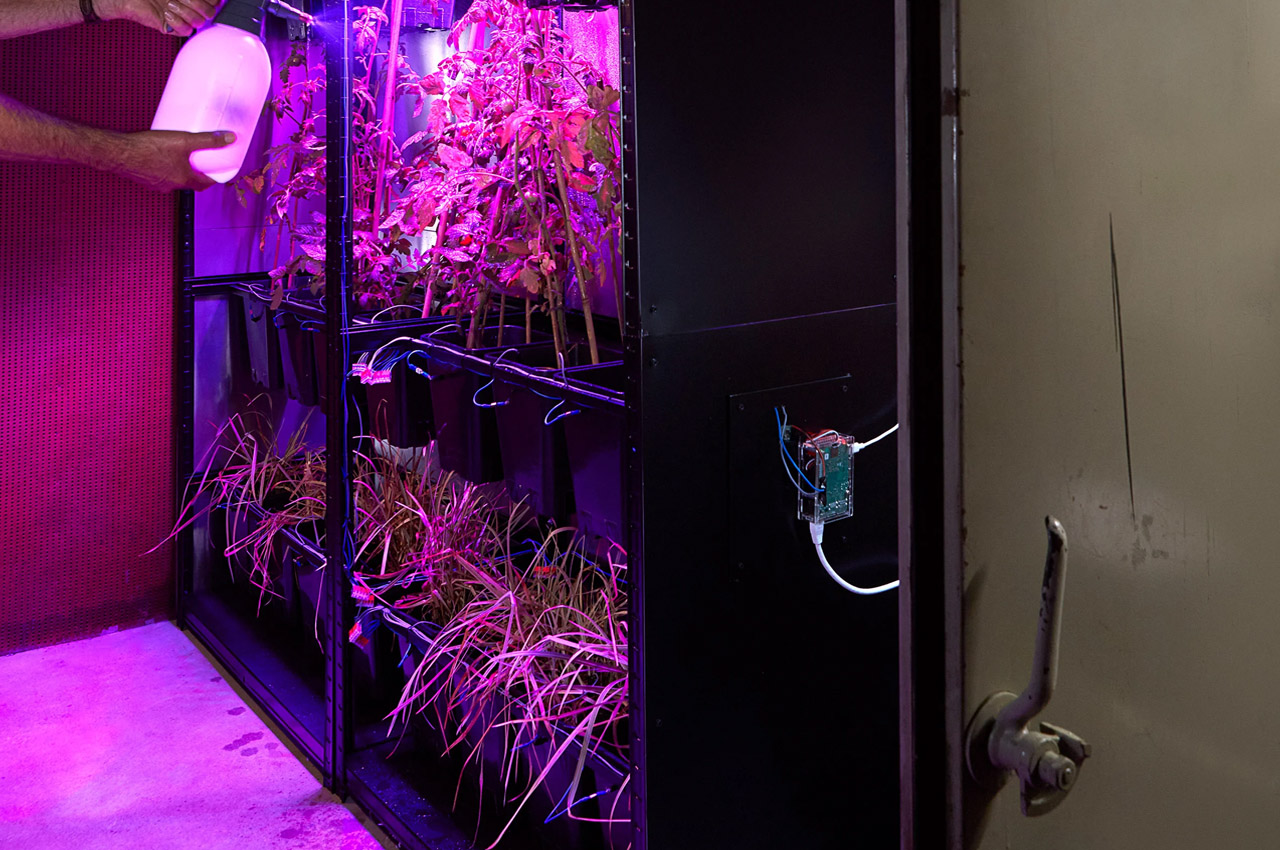
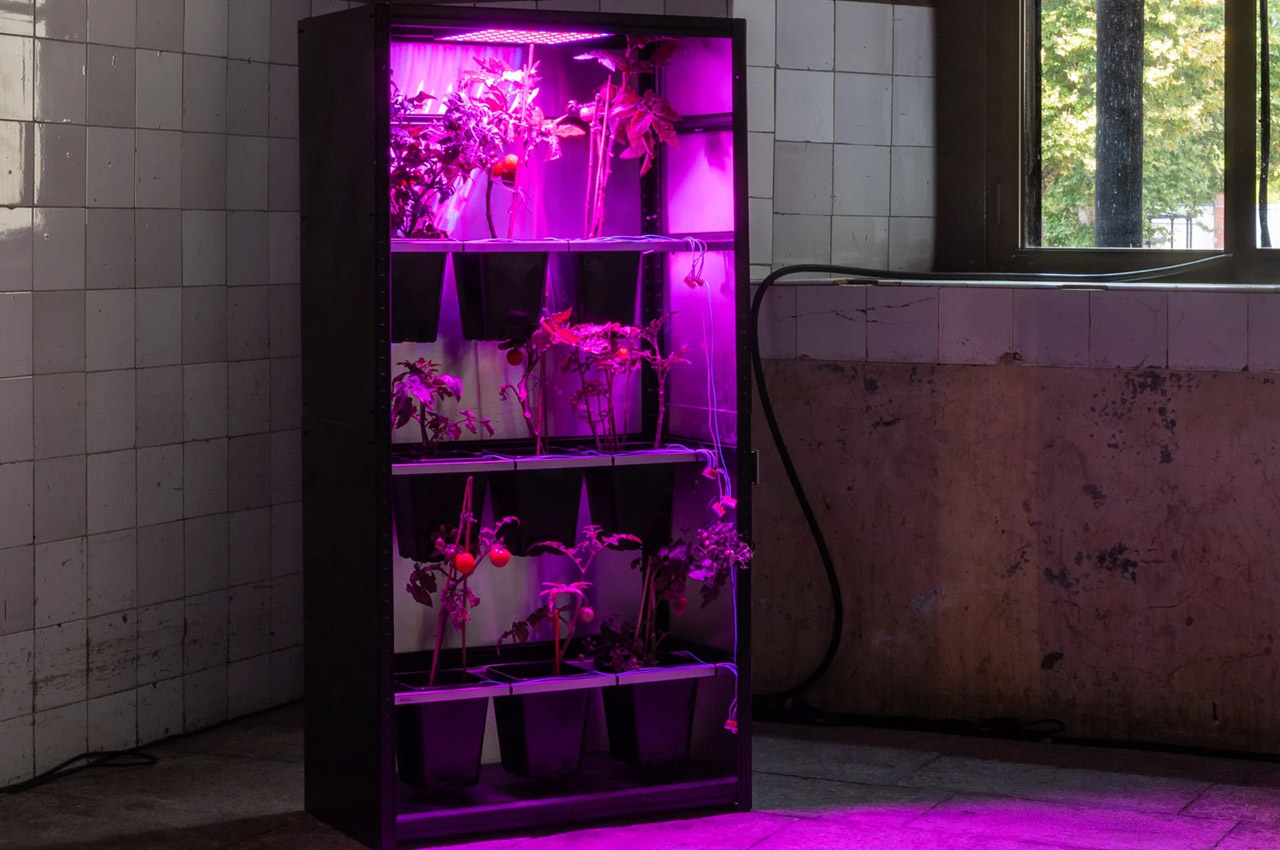
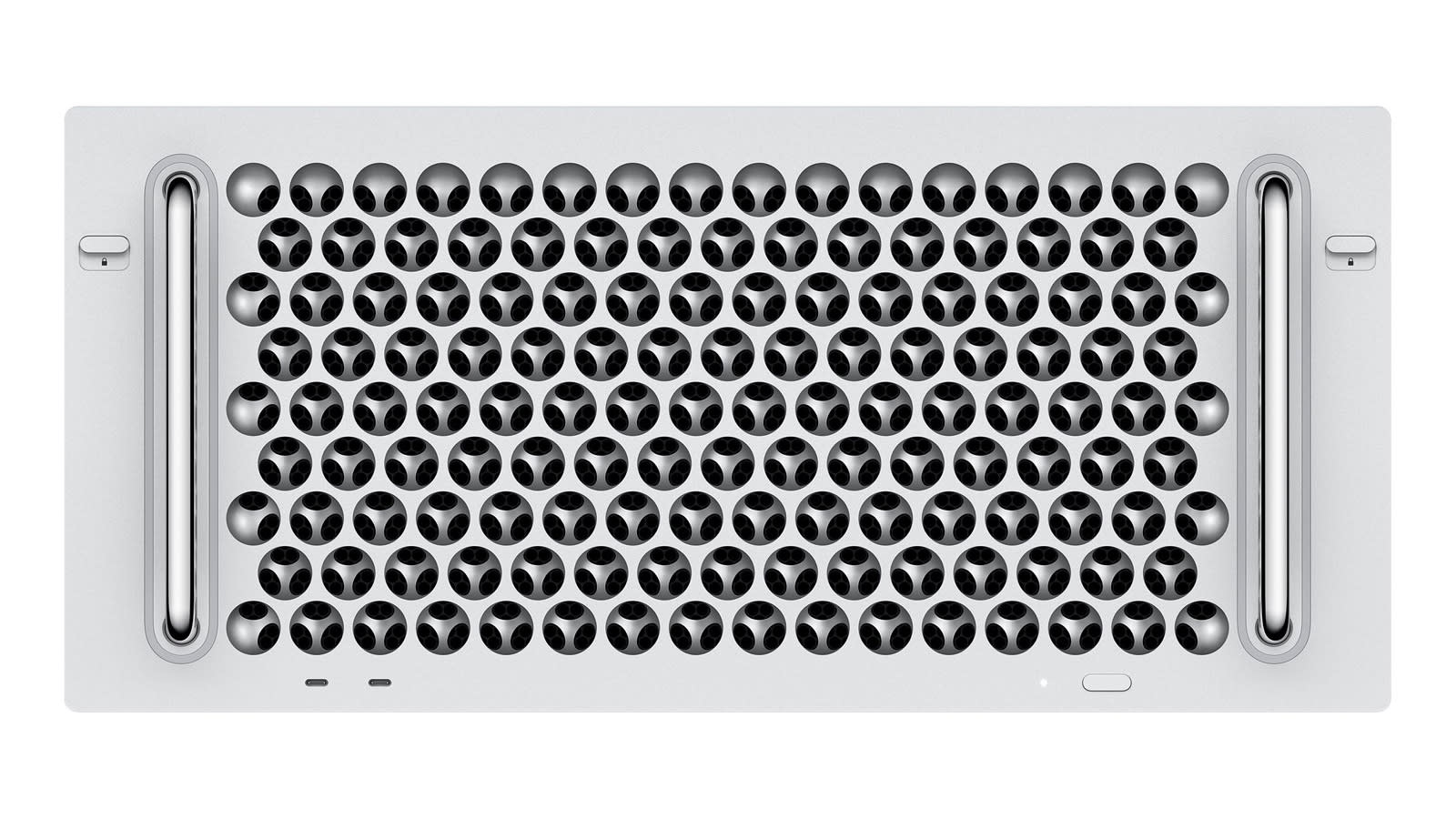 If you (or more likely, your company) are pining for the new Mac Pro but don't want anything so gauche as a tower under the desk, Apple has you covered. It started taking orders for the rackmount version of the Mac Pro, with new purchases shipping i...
If you (or more likely, your company) are pining for the new Mac Pro but don't want anything so gauche as a tower under the desk, Apple has you covered. It started taking orders for the rackmount version of the Mac Pro, with new purchases shipping i...
 Virtual private network provider NordVPN has confirmed an attacker breached one of its servers, though the tangible impact of the breach seems to be pretty limited. There were no user activity logs on the server -- the company says it doesn't track,...
Virtual private network provider NordVPN has confirmed an attacker breached one of its servers, though the tangible impact of the breach seems to be pretty limited. There were no user activity logs on the server -- the company says it doesn't track,...



 Consoles and gaming PCs aren't going anywhere for the foreseeable future -- but as compression algorithms and internet connections improve, game streaming is almost ready for prime time. Earlier today, Google announced that Cyberpunk 2077 and other p...
Consoles and gaming PCs aren't going anywhere for the foreseeable future -- but as compression algorithms and internet connections improve, game streaming is almost ready for prime time. Earlier today, Google announced that Cyberpunk 2077 and other p...
 Zoom is acting quickly on the security flaw that let intruders hijack Mac users' webcams. The video conferencing firm is releasing a patch on July 9th (that's today, if you're reading in time) that removes access to the local web server behind the v...
Zoom is acting quickly on the security flaw that let intruders hijack Mac users' webcams. The video conferencing firm is releasing a patch on July 9th (that's today, if you're reading in time) that removes access to the local web server behind the v...
 After nearly 10 years of operation, Naughty Dog is pulling the plug on PS3 multiplayer servers for Uncharted 2, Uncharted 3 and The Last of Us. The developers say the decision is "bittersweet to say the least," as the games marked "defining entries"...
After nearly 10 years of operation, Naughty Dog is pulling the plug on PS3 multiplayer servers for Uncharted 2, Uncharted 3 and The Last of Us. The developers say the decision is "bittersweet to say the least," as the games marked "defining entries"...